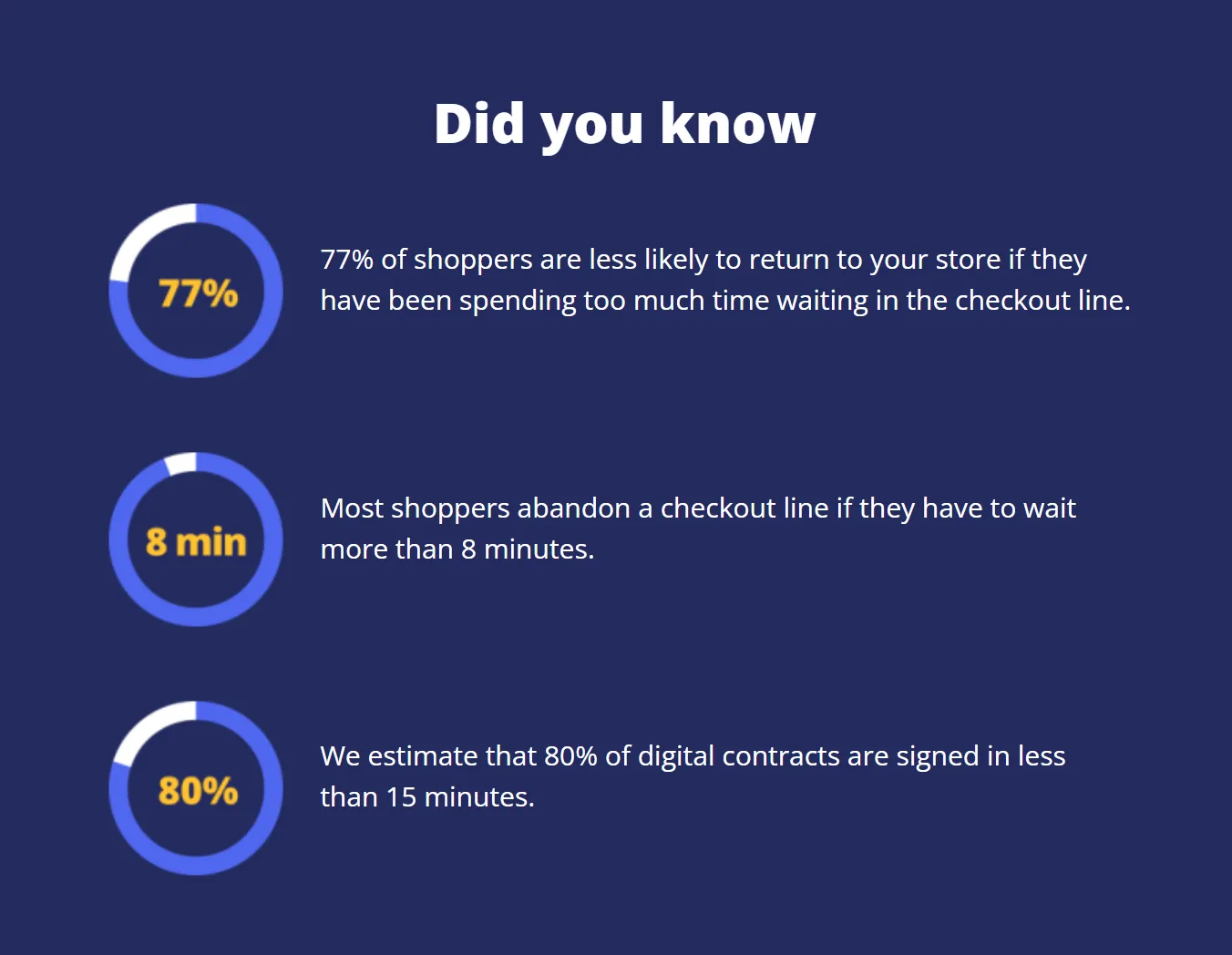The popular shopping months offer great opportunities for all types of retailers to welcome more customers to their stores. However, to get the best outcome of peak seasons, it is crucial to manage staffing, warehousing, cash flow, etc. With the right digital planning tools, it is possible to get ahead of busy times in your retail store. Here are 4 tips on how to prepare yourself and your employees for peak seasons.
1. Predict short – & long-term store traffic
Understanding your market and customers is the first step in the preparation process for seasonal peaks. Seek insights into what kind of products tend to sell and learn more about the average basket sizes in high-peak periods If the numbers are consistent, you have a great starting point in understanding how many customers you can expect during seasonal peaks.
The best way to keep track of the seasonal tendencies in retail is by using relevant AI software that fulfils your needs. With flow planning, you are always updated on when the customers are in the store – this means, no lost sales and no overstaffing or understaffing. Besides ensuring greater accuracy, using artificial Intelligence software for predicting store traffic saves time compared to doing it manually – and it can be handled easily by everybody.
Traffic prediction is a big part of store managers’ responsibilities, and the more accurate the flow & sales predictions are, the easier it is to meet sales expectations and cost limits.
2. Prepare employee resources and staffing needs for peak season

Did you know that most shoppers abandon a checkout line if they have to wait more than eight minutes? Or did you know that 77% of shoppers are less likely to return to your store if they have been spending too much time waiting in the checkout line? These negative experiences are something retailers should avoid when planning their employee resources.
When you have an in-depth understanding of expected store traffic, it is time to plan your staffing needs and resources. Planning is the key word in this context. Staff planning must not be underestimated – accurate forecasting of resources leads to declined costs, improved sales, and better customer experiences. It is recommended to handle planning and forecasting in the low-peak seasons to best prepare for the busy periods. Implementing SameSystem’s retail solutions in your daily work makes it easier to create perfect retail scheduling. If both managers and employees integrate a mobile solution in their phones, everybody in the store will be up to date when the plan is released or modified later on.
3. Speed up the administrative process with digital contracts
For many retail stores, it is a necessity to hire seasonal employees for busy periods. This requires a lot of sending contracts back and forth, which can be both frustrating and time-consuming. Fortunately, it has become easier to replace manual contract processes with digital contract solutions. This can be a great way to save important time, especially if you need to hire a lot of seasonal employees. We estimate that 80% of digital contracts are signed in less than 15 minutes – this is almost impossible if you handle contracts the old-fashioned way.
Digital contracts are not only time-saving, they are also more accurate and GDPR-friendly which is crucial in avoiding contractual problems. Using an all-in-one solution eliminates administrative frustrations and allows you and your employees to focus on the customers!
4. Forecast product demands for peaks season
When it comes to seasonal peaks in retail, it’s not only important to understand customer behaviour and manage staff resources. To reach sales expectations, you also need to have deep insights into your product’s popularity and demand. You need to ask yourself: what products peak at what time? Are there any seasonal product trends I should be aware of? How many items are expected to be sold? Supply and demand go hand in hand, and by looking at analytics from previous years, you can calculate the expected outcome on the most crucial products in your store.
If there is a bad match between stock and demand, the customer experience can suffer and you can lose customer loyalty. Your preparation for seasonal peaks in retail should also be focused on forecasting product demands – If you do this together with traffic prediction and planning of staff resources, you should be good to go for the most important shopping periods of the year.

